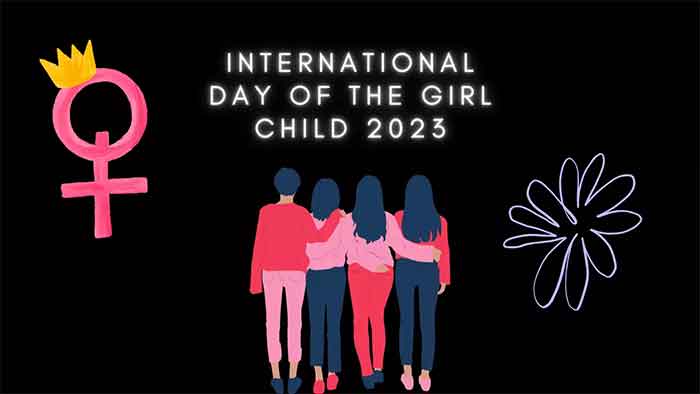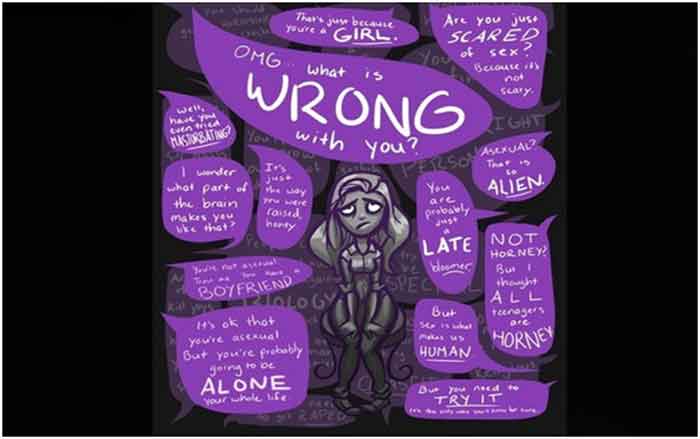
Literacy is a social fact. The term which is introduced here with ‘gender literacy’ is not a new mere concept but something which needs expression politically and socially. A society with hundred percent literacy many remain unattended to gender literacy.
Literacy would mean the act of learning how to read and write in its basic form. But what is gender literacy. It would be the act of learning the basics of gender equality. One such catch word is ‘ladies first.’ In our office the peon got a cup of tea for my male colleague. When I reached there as a manner of courtesy he said ‘ladies first.’ People in public space have been using such mannerisms to show that they are gender sensitive.
Mass media is flooded with feminist videos but without much influence on a society that is deeply patriarchal. But there are whatsapp groups which I have to quit because of the exponential number of jokes against wives. Misogynist comments are widespread on social media.
The difference between basic literacy and gender literacy is that the former is literacy without content and the latter is literacy with content. For instance social sciences and even gender awareness classes are imparted without any sense of change. The emptiness of content is so visible when we realize that we are producing a generation of students who are not trained for critical thinking of their own society. What we need is not only hundred percent literacy but also hundred percent gender literacy.
None of the government or UNESCO definition has included gender as an element of how literacy is defined. The definition of literacy is based on the context. In India, as per census report, the definition of literacy involve only the ability to read and write in any language. It does not contain any content. There should be an enumeration of gender literacy as well in the census. It should be enumerated cutting across gender, class and caste.
Most of the production of discourses is starting from the family and hence it is the basic unit of gender awareness. Hence the census data should be collected the way literacy is enumerated. Patriarchy should be both quantitatively and qualitatively measured.
In developed countries the definition of literacy is much more advanced. For instance, in Scotland it includes the compression skill of a person to understand a written script. Similarly, in states like Kerala there should be enumeration of gender literacy. Universalization of gender equality should be the goal.
There is a difference between literacy among women and gender literacy. In a state like Kerala we can find literacy among women but there is no gender literacy. Even in a state like Kerala women do not have the freedom to travel at night safely. Women are treated as maids in many houses. It shows the lack of culture of self cultivation in many houses. A family is a happy family when the mother who is the center of the family unit is respected.
Gender literacy means the cultivation of the self. A man or a woman is complete in the sense his or her self is independent of gendered roles. Gender roles are restrictive for both men and women. Only in a family where ‘dialogic activities’ leading to democratic space inside the house can actually routinely comprehend the meaning of gender literacy.
Even among educated people there is no consensus on whether women should be promoted in society. That is why dialogic activities are important. The discourse on gender should not be confined to institutions but to all walks of life. At present there is no vigor in the dialogic activities either in the public domain or in the private life. Patriarchy remains the norm.
Liberal feminists discuss the middle path to gender equality. Literacy rate should have been the effect of gender literacy. But we were hoping that literacy among women would bring about increased status of women in society. What should be the means towards the goal of gender equality? A society will be much more egalitarian when the society begins its effort of gender equality through gender literacy rather than basic literacy among girls.
In south Asia the structure of society is so patriarchal that the pace with which we are heading towards gender equality is slow. The dialogic pedagogy of the few women, in the public, is not going to empower women or bring the society non-patriarchal. The level of society is measured by way of the care and safety women witness when they go out of their family.
The apparatus of security both inside and outside society is a strong impetus or lifeline which is basis of gender literacy.
Dr. Shareena Banu C.P., Assistant Professor, Department of Sociology, Jamia Millia Islamia
SIGN UP FOR COUNTERCURRENTS DAILY NEWSLETTER
















































